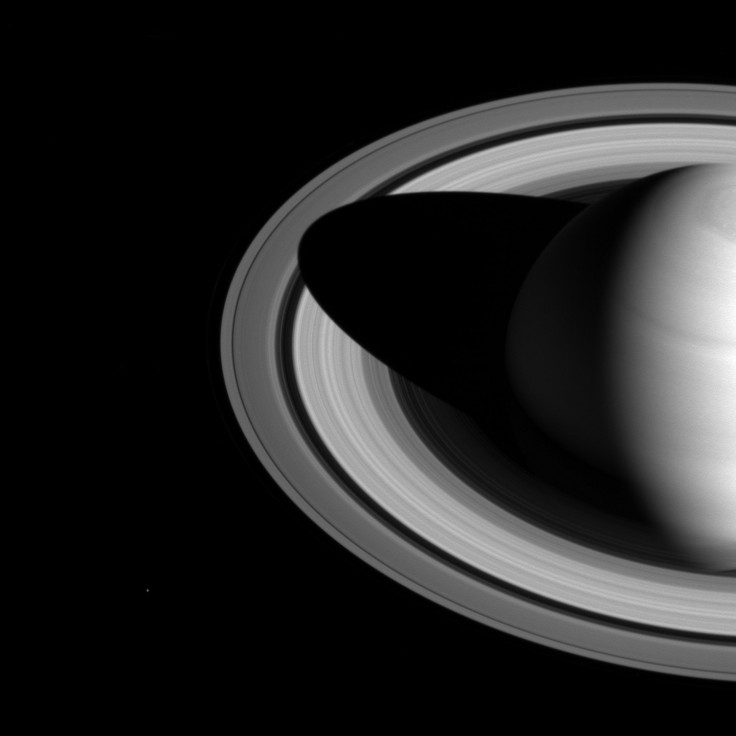After Mars, NASA's Next Space Mission Is Headed To Saturn Moon Titan

There’s no doubt in anyone’s mind that the Moon and Planet Mars are on top of the priority list when it comes to NASA’s space missions. With pressure to return to the lunar surface by 2024 and to bring the first humans to the Red Planet by 2030, it would make sense that the U.S. space agency is putting all efforts toward those goals.
The pressure, however, is not stopping NASA from further exploring other corners of space, and it has recently acknowledged its next space mission is moving towards the Saturn moon, Titan. According to The Verge, NASA’s new mission to the Saturn moon would involve a drone-like lander that’s set to explore the lunar surface.
The mission is called Dragonfly, and it has reportedly been given enough funding via NASA’s New Frontiers program. The program aims to support the space agency’s most ambitious exploration projects yet in hopes of learning more about our Solar System.
“Dragonfly is a Mars rover-sized drone that will be able to fly from place to place on Titan,” Elizabeth “Zibi” Turtle, lead investigator of the mission, said.
The dragonfly lander is a 10-foot-long and 10-foot-wide dual-quadcopter that will be powered by eight rotors that would allow it to travel around eight or nine miles in under an hour. Its main function is to “hop” around the Titan surface every 16 days, so it can further study the moon’s surface and observe Titan’s weather. The lander could also make shorter hops which would allow scientists to take a closer look at interesting points it could capture.
The dragonfly lander could prove to be a powerful tool to learn more about Saturn’s moon since it can maneuver Titan’s volatile atmosphere. Its gravity is just a seventh of our Earth and is also four times thicker, which would make it ideal for flying. “If you put on wings, you’d be able to fly on Titan,” Turtle said.
Among Saturn’s moons, Titan is considered to be one of the most interesting because of its vast geological activities. The lunar body recently made news when its photos showed an interesting moon-wide feature: ice corridors that cover almost half of Titan’s circumference.
According to a report, the still unidentified phenomenon is one of the more interesting discoveries found in Saturn’s major moon. The ice corridor, described as “ribbons of ice,” basically covers 40 percent of the moon’s diameter.
© Copyright IBTimes 2024. All rights reserved.





















